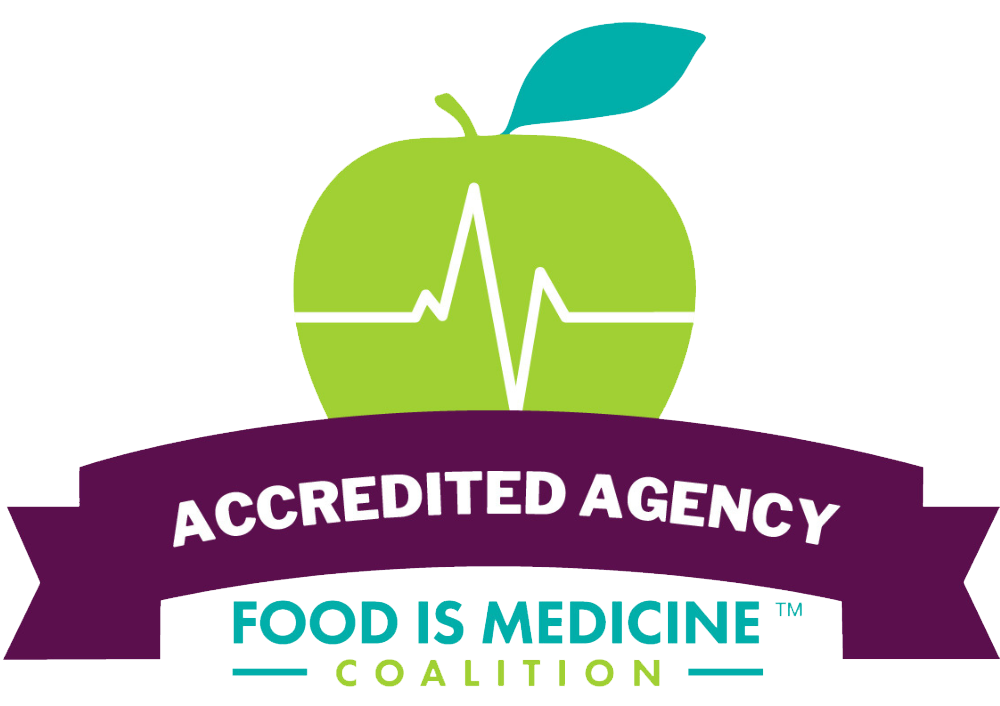By Lindsay Verraster, MPH, RDN, LDN
We know what it means to make our homes and cars more environmentally friendly, but what about our food? As a Registered Dietitian Nutritionist, I know how important it is to focus on an individual’s health and food practices that support the health of the environment.
food? As a Registered Dietitian Nutritionist, I know how important it is to focus on an individual’s health and food practices that support the health of the environment.
The world’s food systems contribute to at least one-third of our greenhouse gas emissions. This impact comes from various points in the food supply chain, including livestock used to mass-produce beef, excess water used in crop production, transportation of goods across the globe – even fruits and veggies, and household waste.
Not only are current practices harmful to the environment, but they have been depleting our natural resources, which could make it challenging to feed our growing global population. However, finding ways to purchase foods and eat sustainably does not have to increase your food costs and can have lasting positive impacts on the environment. Some easy tips for sustainable eating include:
- Growing something! Doing so may influence how you buy, use, and dispose of food. Start with a windowsill herb garden and see how wonderful it can be to have fresh herbs for cooking.
- Shopping for locally sourced foods. This act supports your community and reduces the amount of food needed to be shipped long distances.
- Eating less meat is more effective than eating sustainable meat. Consider having “Meatless Monday” in your home.
- Eating seasonally. Focus on foods that are in-season where you live to support sustainability.
- Use refillable water bottles whenever possible. Purchasing bottled beverages increases the fuel needed to ship around the country.
- Reducing your food waste. Food waste is responsible for 6% of global greenhouse gas emissions. Try purchasing only the food you need and plan to use up to avoid spoilage and waste. Embrace leftovers often!
Lowering your meat consumption can be helpful for the environment long-term, but it has other perks as well. Eating less red meat – mainly processed red meats – reduces our risk of chronic diseases. You may even find that switching to a few meatless meals each week can improve your budget! Legumes, like lentils, are naturally low in fat while rich in protein. Prepare lentils ahead of the work week and add them to salads, or try tossing them with cooked vegetables and even healthy fats to make a super-satisfying meal.
Eating local seafood also reduces our carbon footprint while supporting local fishers. Executive Chef Brian Hillmer incorporates sustainability into the menu at Community Servings by focusing on the local supply of fish, from the well-known to the lesser considered.
What vegetables can we expect to see harvested soon here in MA?
While most local vegetables become available in the summer, a few spring veggies are coming to farm stands in the next few months, including asparagus, lettuce, and greens such as spinach. In addition, we can find sprouts and shiitake mushrooms year-round. Sugar snap peas are best in May or June.
You can think beyond the oh-so-tasty yet straightforward roasted asparagus! Try dishes like a spring veggie frittata, yellowfin tuna “burgers” with asparagus on the grill, and colorful salads using asparagus raw, or cooked and chilled.


